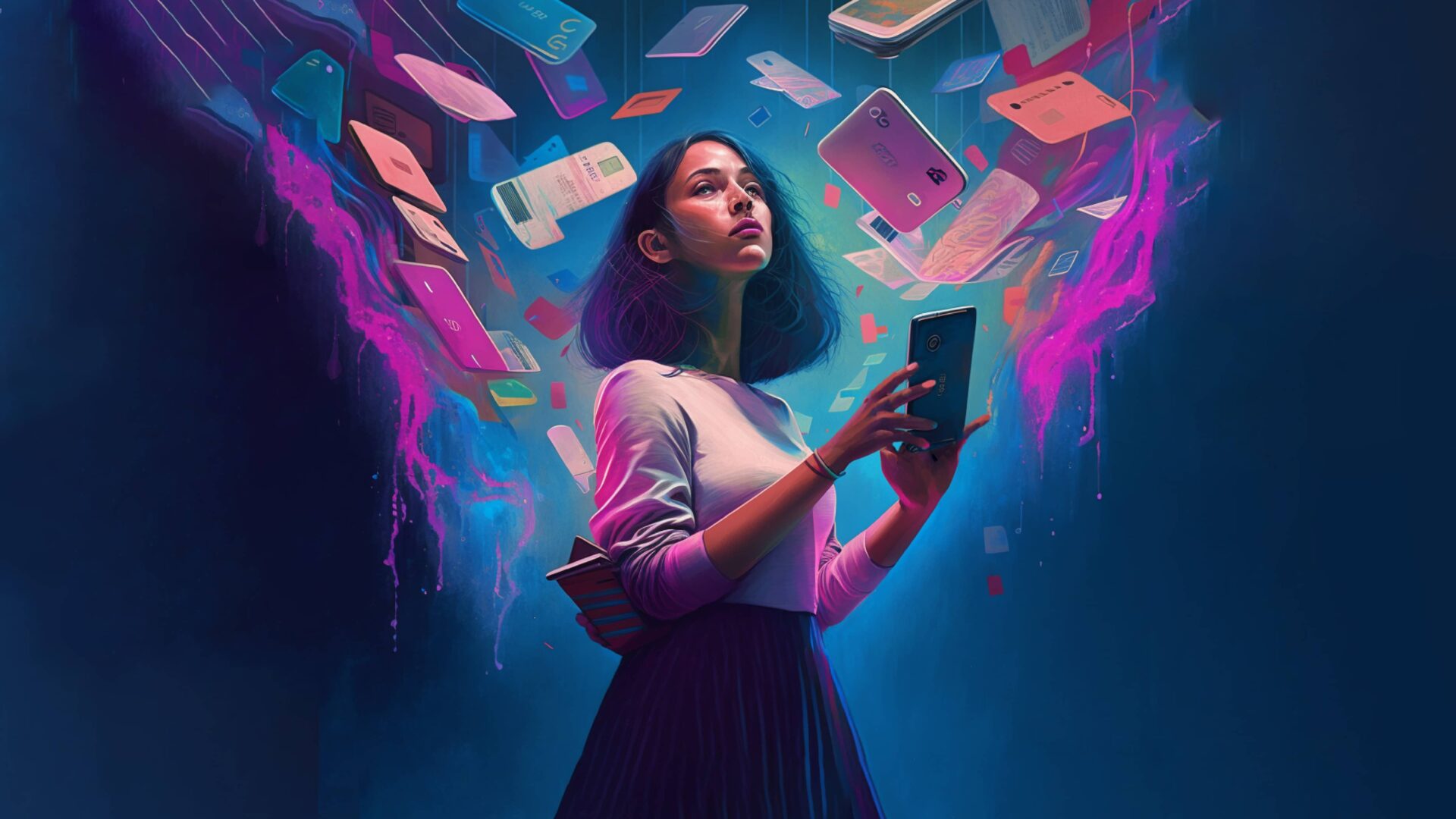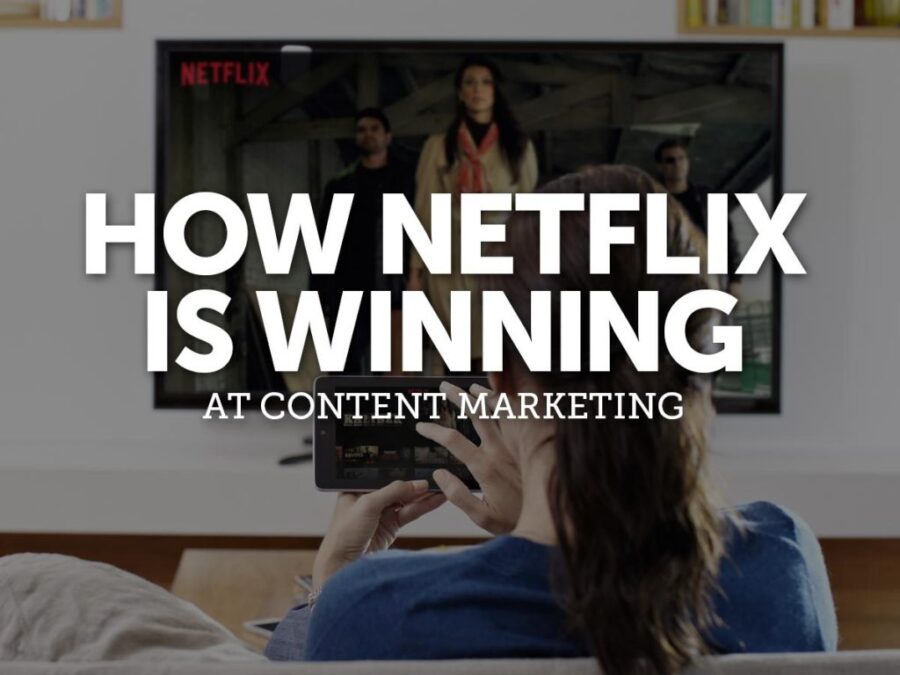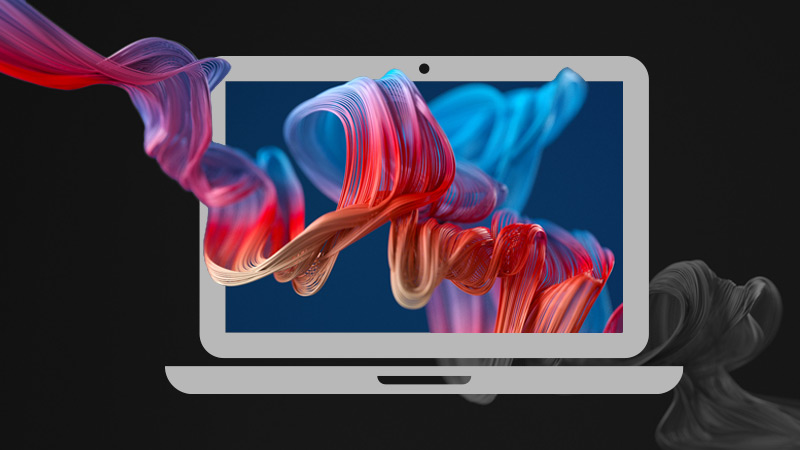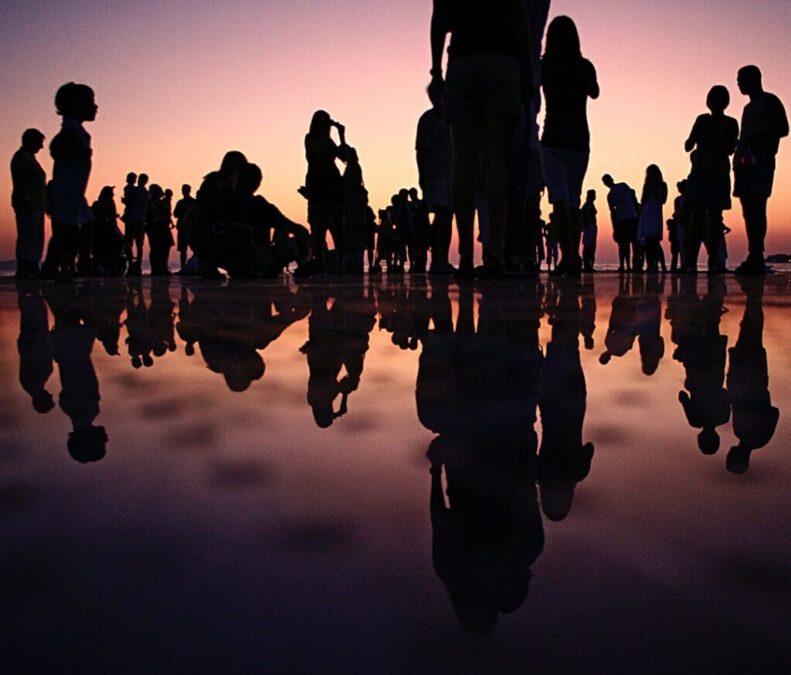I’m a Gen Xer who finds herself repeating the phrase “Back in the day …” a lot lately.
My teenage son can’t fathom that “back in the day,” you actually had to memorize phone numbers. Or that “back in the day,” if you didn’t have cable, then glitchy, staticky TV was the norm.
As the world becomes more technologically advanced, I frequently marvel over how much has changed since I was his age. Technology has given us clearer pictures and access to information and entertainment in seconds from wherever we are, as long as there’s a Wi-Fi connection. While better accessibility is still needed for those with disabilities or who are economically disadvantaged, 60% of the world’s population was online in 2020.
For content creators, this means we have an endless library of inspiration at our fingertips. The digital age and access to mass media platforms allows more of us to be storytellers to wider—even global—audiences. Our storytelling can also be more immersive, authentic and accessible than it has been before. This increase in authentic storytelling, due in part to new technology, has led to more diversity in all kinds of marketing content. And that diversity in content most definitely influences advertising and consumers. What are the benefits, and how will this shape our future?
First, a quick look at how it started and how it’s going.
From MTV to Reality TV
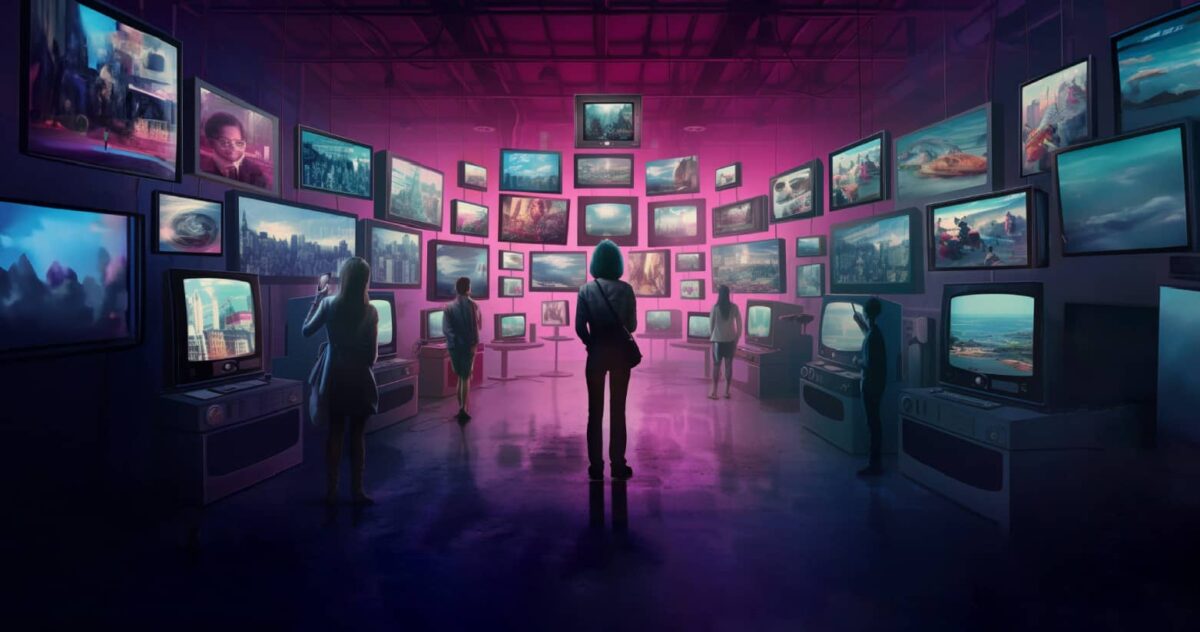
When MTV hit the airwaves in 1981, it revolutionized the music industry and emerged as an influential source of pop culture and entertainment around the world. In its early years, simple music videos helped propel artists like Madonna, Michael Jackson, Prince and Boy George into super stardom. By the early 90s, MTV added non-video programming like the reality series The Real World, which assembled a group of carefully curated, diverse individuals into one house. The show’s premise was to see what happens when cameras are rolling nonstop. How long would it take for them to “stop being polite and start getting real”?
Reality TV became a new genre that reshaped our world. It turned some wannabe stars like Kelly Clarkson (American Idol) and Cardi B (Love & Hip Hop: New York) into megastars. And it made some, like Kim Kardashian (Keeping Up With the Kardashians), outrageously rich. Starting from that reality show, Kardashian eventually achieved billionaire status through her shapewear and skincare businesses.
Fast forward to 2016, with the emergence of TikTok and the rise of influencer culture. Today, you can become an influencer without already being famous or having influential connections. You don’t need to show up for auditions or hope to be discovered by someone in the entertainment industry to grow a following. Your nondescript neighbor might be an influencer, prompting millions of people to try a new life hack, beauty product or dance craze. You—and millions worldwide—might see their content on a mobile device, which we’re rarely without.
Influencers and Authenticity
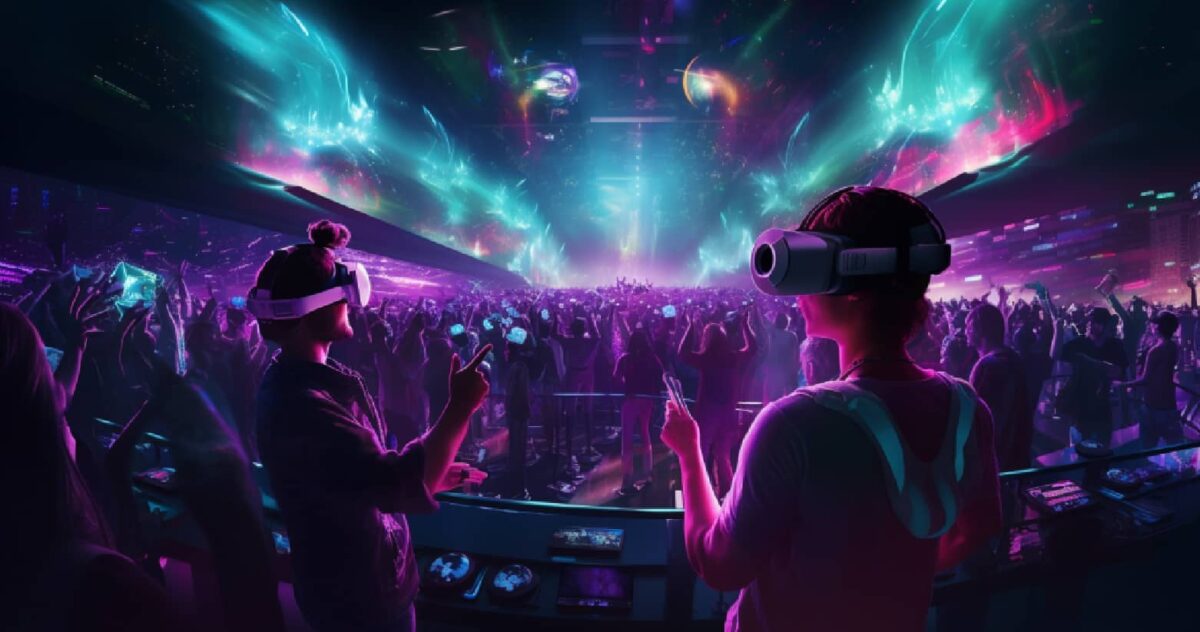
Social media connects nearly half of the global population, enabling more voices to be heard and diversifying our stories. In 2019, 86% of young Americans surveyed said they had aspirations to become a social media influencer. Swedish video game player and YouTuber PewDiePie has more than 100 million subscribers, making him one of the most notable online personalities and content creators.
Some influencers rise to fame through the popularity and relatability of their content and messaging such as body positivity, mental health, design, fitness, food or other specific industries. A 2019 Morning Consult survey also revealed that half of millennials trust influencers on product recommendations, more so than celebrities or professional athletes.
We follow them because of a personal connection to their stories, which are shared on Instagram, Tik Tok and YouTube. We tend to identify with real stories from people like us—the significant weight loss journey of an average person, a plus-sized woman who embraces the beauty of her own natural curves, a middle-aged person who’s not defined by youth-focused beauty standards, or the commitment to nurture your own mental health.
Followers relate to these authentic struggles and feel validated by them. They can even inspire us to try a new service or product. More companies are turning to influencer marketing for promotions. The number of brand-sponsored influencer posts on Instagram grew from 1.26 million in 2016 to 6.12 million in 2020.
The nature of celebrity and the relationship between a brand and its spokespeople is ever-changing, so some brands turn to micro-influencers (those with 10,000 to 50,000 followers) or nano-influencers (a following of less than 10,000).
Despite a smaller following, micro- and nano-influencers can have a more palpable impact on audiences that feels more grassroots and authentic. They tend to be more down-to-earth, and research indicates that 55% of us would rather follow them because they’re more relatable than celebrities.
Diverse Perspectives and Authentic Storytelling
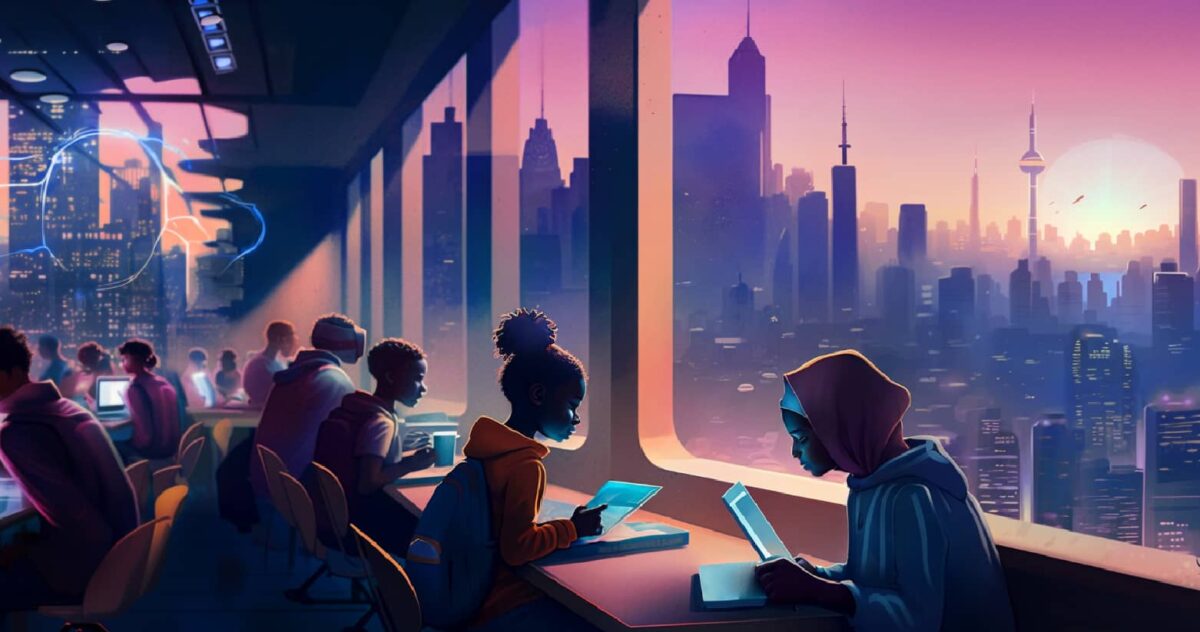
The other thing we seek, as audiences, followers and consumers, is stories that reflect who we are culturally and ethnically. In her role as vice president of Multicultural Audience Engagement at Walt Disney Studios, Julie Ann Crommett led efforts to diversify talent in front of and behind the camera. The animated Disney film Encanto was an important project because it was culturally specific. Its characters had a range of skin tones, hair textures and body types, reflecting the varying physical traits of Hispanic/Latino/Latina/Latinx/Latine (a phrase Crommett prefers) people.
She spoke about Encanto and inclusive storytelling for the podcast Leading Diversity at Work. In the episode, she noted that, along with a predominantly Latine cast, it was co-written and co-directed by playwright Charise Castro Smith, the first Latina woman to co-direct a Walt Disney Animation studios movie. The music was directed by Lin-Manuel Miranda, whose career skyrocketed when he wrote and starred in the Broadway hit musical Hamilton.
“When you think about inclusive storytelling, it’s all those process pieces in an organization to ensure that you’re connecting with the consumer and with the audience in a way that does actually feel like true representation as opposed to just window dressing,” Crommett said in the podcast.
From Disney, she went on to found Collective Moxie, a consultancy focused on inclusive storytelling. Her team guides clients through changing their operational systems, eliminating bias in their processes and making them transparent.
Successful branding campaigns embrace diversity to reflect their audiences. Research proves that consumers are more likely to support brands that value diversity and inclusion. The study revealed that 77% of millennials were more likely to trust brands with diverse marketing.
Consumers are more likely to consider, or even purchase, a product after seeing an ad we consider to be diverse or inclusive. A survey of nearly 3,000 U.S. consumers of various backgrounds asked respondents about factors they think are important for a brand’s ad campaign to be considered diverse or inclusive. They responded to questions about 12 categories: gender identity, age, body type, race/ethnicity, culture, sexual orientation, skin tone, language, religious/spiritual affiliation, physical ability, socioeconomic status and overall appearance. The study showed that consumers expect brands to be inclusive and a reflection of their lives in advertising.
Technology’s Impact on Accessibility, Inclusivity and Diversity
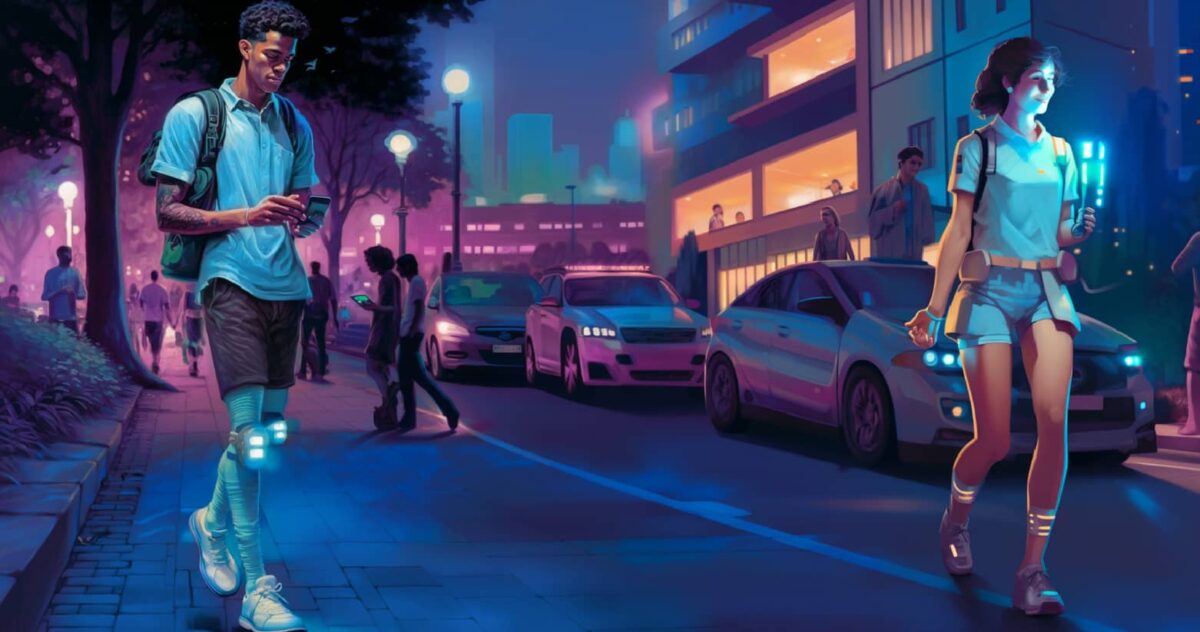
Beyond gender identity, race, ethnicity and sexual orientation, a demographic that is often overlooked in marketing is those with disabilities. According to the World Health Organization, 15% of the world’s population lives with a disability. This demographic is often underrepresented and ignored in marketing efforts.
Business is about belonging, and when customers feel like they belong with you, they reward you with their loyalty, writes Sonia Thompson in a Forbes article about brands and the importance of inclusive marketing. It will be the future of marketing, she says, because there is an expectation for brands to be inclusive.
The Centers for Disease Control and Prevention identifies six disability types: mobility, cognition, independent living, hearing, vision and self-care. Best practices for digital content include measures to help users better hear or see content online. Advancements in digital reality and artificial intelligence, or AI, can make online content more accessible and inclusive by removing the barriers that people with disabilities may face. Developments include alternative text descriptions for images, closed captioning or transcripts for videos, and incorporating website designs that are compatible with screen readers and other assistive technologies.
Soon, AI could take user data and feedback to provide even more personalized and adaptive solutions for people with disabilities. Another exciting advancement is the use of AI to create more immersive and interactive content, such as virtual reality experiences. These new technologies also pave the way for audiences to co-create narratives. This changes the way that stories have traditionally been told, by shifting the power from the person behind the camera to a more collective and inclusive narrative.
How—and Where—Technology and Diversity are Going

What does this mean for content marketers? Over two decades, digitization has reached about half of the developing world’s population. Enhanced connectivity has been transformative in some societies, bringing financial inclusion and access to trade and public services. The business case for diversity is undeniable and has global relevance—just like the business case for digitization and technology adoption. But it must be executed authentically. Del Johnson, a principal at Backstage Capital frames this way: Become the market you seek.
His venture capital firm has invested more than $5 million in companies founded by women, people of color and LGBTQ entrepreneurs.
“The more distance there is culturally between your team and the market, the less ability you will have to execute,” he says.
We all have biases. That’s why companies need culturally competent leaders with the power to affect decisions.
“By bringing in the talents of those who have traditionally been overlooked, you unlock true creative expression—and build an organization able to check its biases,” he says.
Technology has helped diversity by amplifying voices that were often missing from the mainstream landscape. Take Brown Girl Magazine, founded by Trisha Sakhuja-Walia. This digital platform provides a space for South Asian women—a community once underrepresented—to share their stories, challenges and successes, as well as celebrate their culture. Digitization allows its contributors to reach global audiences. Furthermore, such accessibility can inspire learning and understanding from those outside the South Asian community.
Today, technology allows us to engage and connect in unprecedented ways. As content creators, we can share our stories and reach wider audiences. As content consumers, we can better understand someone else’s struggles and experiences. We can appreciate their insight and unique perspectives. And that gives this Gen Xer great hope for the future of storytelling.
